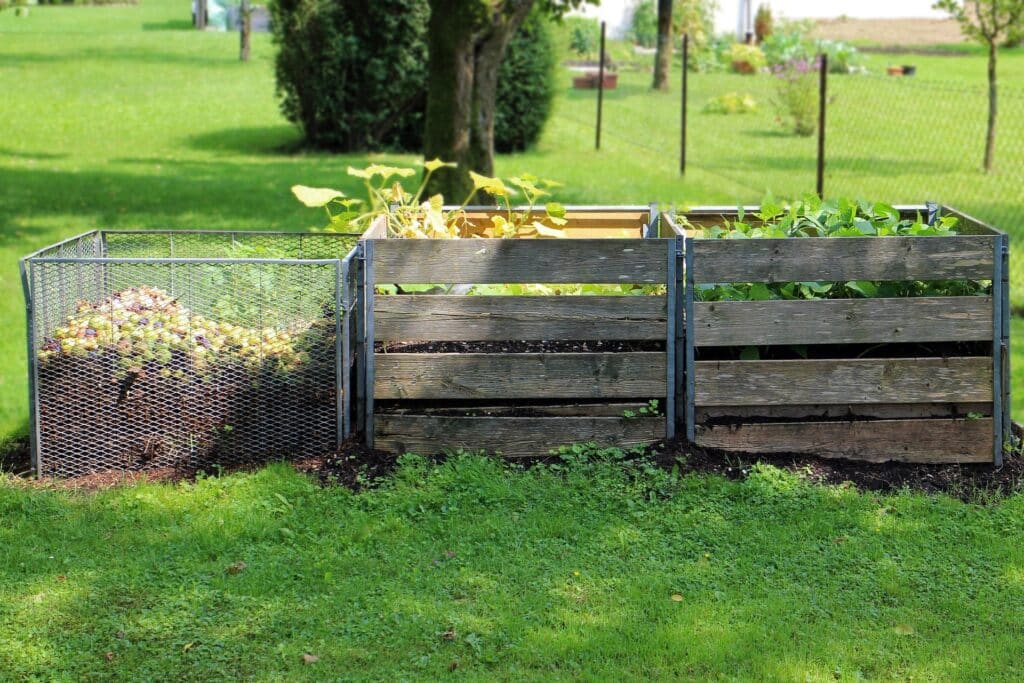Gardens attract diverse spider populations that play crucial roles in controlling pest insects while creating balanced ecosystems around homes and landscaped areas. Understanding the most common garden spider species helps homeowners identify which spiders are beneficial allies versus those requiring caution or management. From harmless cellar spiders that control flying insects to potentially dangerous black widows requiring careful avoidance, each spider type contributes differently to garden environments.
Cellar spiders
Cellar spiders, also known as daddy longlegs spiders, are extremely common garden inhabitants characterized by their tiny bodies and disproportionately long, thin legs that can span 2-3 inches. These harmless spiders build irregular, messy webs in protected areas like garden sheds, underneath outdoor furniture, and in corners of structures where they remain relatively hidden during daylight hours.
Despite their delicate appearance, cellar spiders are effective predators that feed on small flying insects including mosquitoes, gnats, flies, and even other spiders. They’re particularly beneficial around garden areas because they help control pest insects that might otherwise damage plants or bother people during outdoor activities.
These spiders are most active at night when they repair their webs and hunt for prey. During winter, they may move indoors to heated areas but generally prefer outdoor environments during warm weather. Their presence in gardens typically indicates healthy insect populations that support diverse spider communities providing natural pest control services.
Cobweb spiders
Cobweb spiders, belonging to the Theridiidae family, are among the most abundant garden spiders that build the characteristic tangled, irregular webs commonly called cobwebs in corners, under eaves, and between plants. These small to medium-sized spiders range from 1/8 to 1/2 inch in body length and display various colorations from brown and gray to black, often with distinctive markings or patterns.
Their webs are three-dimensional structures that lack the organized patterns of orb webs but are highly effective at capturing walking and flying insects. Cobweb spiders are opportunistic predators that feed on a wide variety of insects including ants, flies, mosquitoes, and other small arthropods that become entangled in their sticky silk strands.
Most cobweb spiders are beneficial garden inhabitants that pose no threat to humans. However, this family includes some medically significant species like black widows, making proper identification important for safety. The majority of cobweb spiders are harmless and rarely bite unless directly handled or threatened.
Black widow spiders
Black widow spiders are among the most dangerous garden spiders that require immediate recognition and careful avoidance due to their potent neurotoxic venom. Female black widows are easily identified by their glossy black bodies, bulbous abdomens, and distinctive red hourglass markings on their undersides, while males are much smaller and less dangerous.
These spiders prefer dark, undisturbed areas in gardens including woodpiles, compost areas, outdoor furniture, and spaces under decks or structures. Black widows build irregular, tangled webs similar to other cobweb spiders but typically in more secluded locations where they’re less likely to be accidentally disturbed by garden activities.
Black widow bites are medical emergencies that can cause severe systemic reactions including muscle cramps, abdominal pain, and potentially life-threatening complications in sensitive individuals. However, these spiders are not aggressive and bite only when threatened or accidentally contacted during garden work.
Funnel weaver spiders
Funnel weaver spiders, also called grass spiders, are common garden inhabitants that build distinctive horizontal sheet webs with funnel-shaped retreats at one end. These medium-sized spiders measure 1/2 to 3/4 inch in body length and typically display brown or gray coloration with darker markings that provide excellent camouflage against natural backgrounds.
Their webs are easily recognizable flat sheets stretched between grass, low shrubs, or ground-level vegetation with a silk-lined funnel or tube where the spider retreats when not actively hunting. These webs are highly effective at capturing ground-dwelling insects, small flying insects that land on the web surface, and insects that walk across the sheet-like structures.
These spiders are harmless to humans and rarely bite unless directly handled. Their defensive strategy involves rapid retreat into their funnel shelters rather than aggressive behavior. Funnel weaver spiders are most active during late summer and fall when adult populations peak and webs become most visible due to morning dew collection on the silk structures.
Dwarf spiders
Dwarf spiders, belonging to the Linyphiidae family, are extremely small garden spiders measuring only 1-3 millimeters in body length, making them among the tiniest spiders commonly found in garden environments. Despite their minuscule size, they’re among the most numerous spider species in gardens and play important roles in controlling very small pest insects that larger spiders cannot effectively capture.
These tiny spiders build small sheet webs or dome-shaped webs in grass, low vegetation, and soil surface areas where they capture minute insects including aphids, thrips, springtails, and other tiny arthropods. Their webs are often so small and delicate that they’re nearly invisible without close examination, but they can be numerous in healthy garden ecosystems.
Dwarf spiders are completely harmless to humans due to their extremely small size and inability to bite through human skin. They’re beneficial garden inhabitants that provide natural biological control of very small pest insects that might otherwise reproduce rapidly and damage garden plants, particularly during early growing seasons.
When to call a professional
When dealing with spider populations in your garden that are affecting your outdoor comfort or creating safety concerns, professional pest control services can provide effective species identification and targeted management solutions. At Aptive, our pest control experts can assess the types of spiders present on your property and identify any potentially dangerous species like black widows, which is crucial for determining the most appropriate safety measures and management strategies for spider control.
If you’ve discovered concerning spider activity in your garden or are unsure about spider identification and safety risks, don’t wait—contact Aptive today for a free quote.
FAQs about common garden spiders
Here are some frequently-asked questions about the different types of garden spiders from homeowners.
Q: Which types of garden spiders are dangerous?
Black widow spiders are the primary dangerous garden spider species due to their potent neurotoxic venom that can cause severe medical emergencies. They’re identified by their glossy black bodies and red hourglass markings on the underside of their abdomens. Brown recluse spiders may also be found in some garden areas, though they’re less common outdoors. Both species require immediate medical attention if bites occur. Most other common garden spiders including orb weavers, cellar spiders, and funnel weavers are harmless to humans and pose no significant health risks.
Q: Which types of garden spiders are beneficial?
Most garden spiders are beneficial, including orb weavers, cellar spiders, cobweb spiders (except black widows), funnel weavers, and dwarf spiders. These species provide natural pest control by capturing flies, mosquitoes, aphids, gnats, and other insects that damage plants or bother people. Orb weavers are particularly effective at controlling flying insects, while funnel weavers target ground-dwelling pests. Dwarf spiders control tiny insects like thrips and aphids.
Q: How do I know if I have a garden spider infestation?
Spider “infestations” in gardens are typically normal, beneficial populations rather than problematic situations. Signs include multiple webs visible between plants, under structures, or in corners; regular spider sightings during garden activities; and wrapped prey in webs indicating active feeding. Excessive populations might indicate abundant insect prey, which suggests the spiders are providing valuable pest control services.









